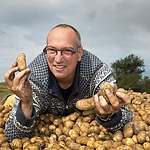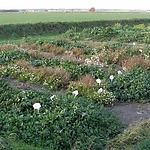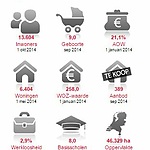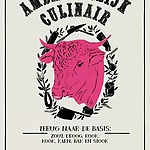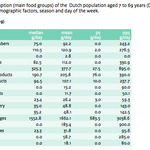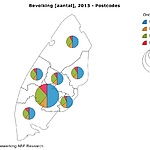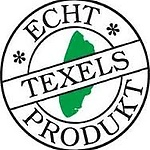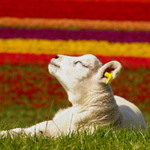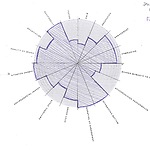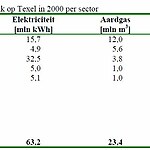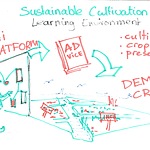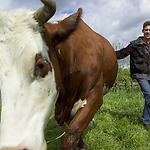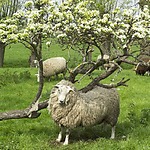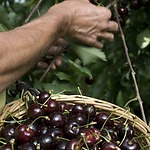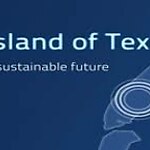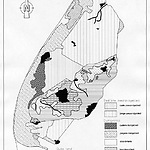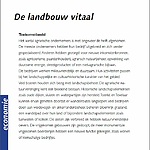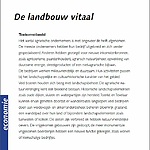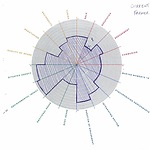Agriculture: food and more
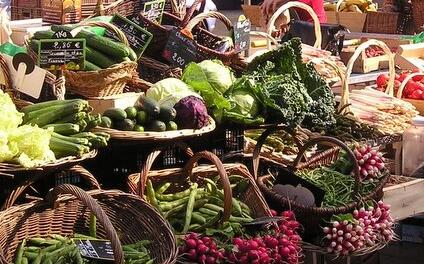
How does a sustainable agriculture system for Texel look like and what is needed to achieve a transition to such a system?
Food is essential to life, forms an important part of culture, and is important in economy. Producing food has a significant impact on the environment through e.g. greenhouse gas emissions, the use of land and water resources, pollution, depletion of phosphorus, and the impact of chemical products such as herbicides and pesticides. An increasing problem on Texel is soil salination that decreases agricultural yields.
12% of the inhabitants of Texel works in agriculture. Growing crops, flower bulbs, horticulture and livestock take up 8700 acres of land on Texel and returns yearly about 40 million euros. The island inhabits 2,5 times more sheep than people, which are held not only for their famous lamb meat, but also for wool production. But sales of wool decline, and for a sustainable agriculture system (incl. sheep breeding) a solution is needed. And goose may be a plague, damaging local ecological systems, but nowadays they are dished up in local restaurants. Such initiatives question if current agricultural products on Texel could be produced and used in different ways to make the system sustainable?
Current initiatives
- Sheep wool alternative use: http://www.groenebouwmaterialen.nl/c-569108/schapenwol-isolatie/
- Pick-your-own garden: http://www.zelfpluktuin.nl/
- Saline agriculture: http://www.ziltproefbedrijf.nl/netwerk/


